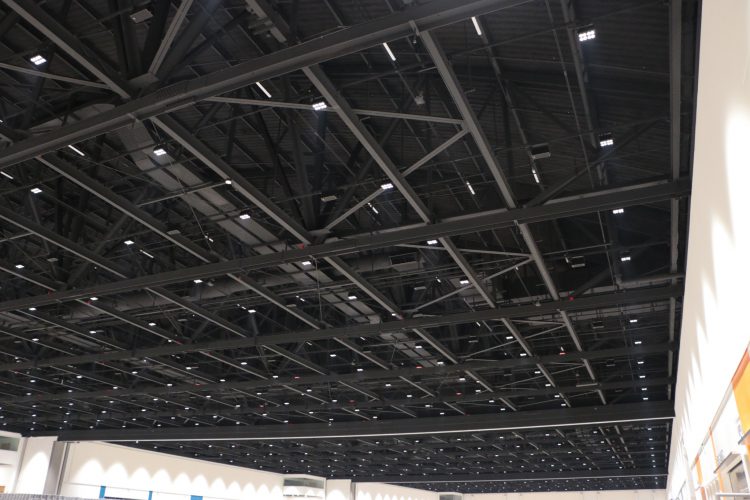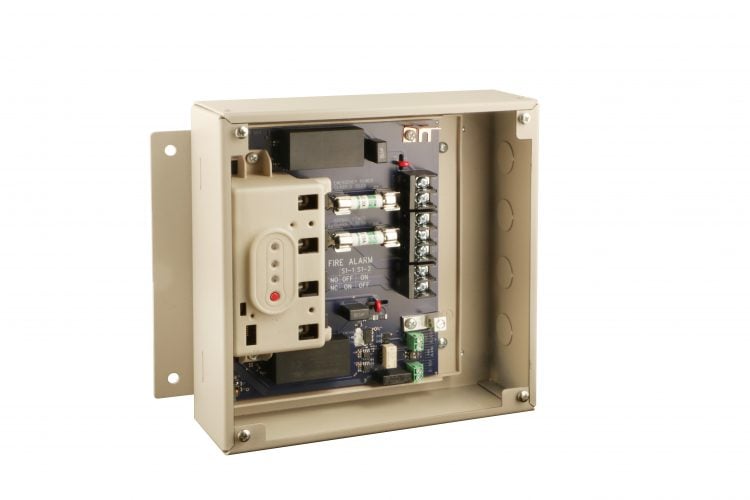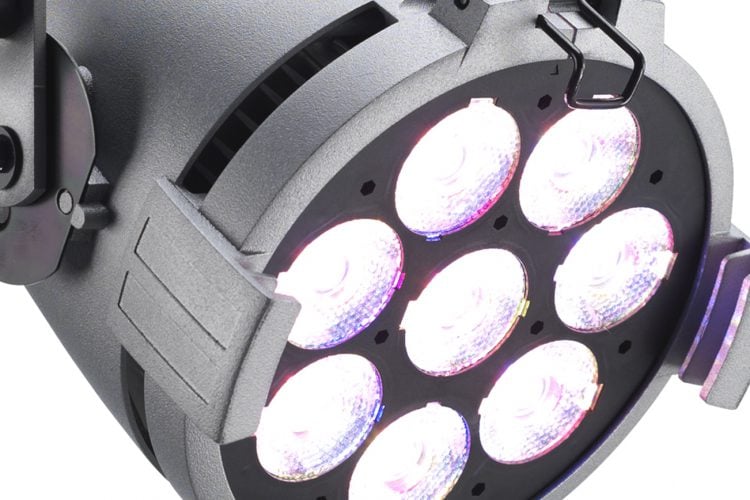With the many recent changes to the US National Electrical Code (NEC) regarding emergency lighting, I am often asked whether an emergency luminaire is allowed to be cord-and-plug connected. The answer to this question, which will be revealed here, involves a careful reading of both the NEC and the UL 924 Standard for Emergency Lighting and Power Equipment. It also requires the application of sound judgement by the specifier or installer in order to satisfy the requirements of the local Authority Having Jurisdiction (AHJ).
When are cord-and-plug connections acceptable?
Recently, the UL 924 standard was changed to add the following wording:
18 Cord-Connected Unit Equipment and Luminaires
18.1 General
18.1.3 Flexible cord for connection to the supply circuit is permitted on pendant, high bay, or other luminaire where the intended application is specifically identified as a permitted use of flexible cord in accordance with Subsection 400.10 of National Electrical Code, NFPA 70-2017.
Prior to 2016, UL 924 only allowed cord-and-plug connection of unit equipment containing an integral power source (typically a battery) and lamp head. The 2016 revision of the standard added section 18.1.3, specifically allowing cord-and-plug connection of emergency luminaires other than unit equipment under certain conditions. To determine those conditions, let’s take a look at the 2017 NEC.
First, let’s review NEC section 400.10 which is called out in UL924, with applicable wording highlighted in yellow:
400.10 Uses Permitted.
(A) Uses. Flexible cords and flexible cables shall be used only for the following:
(1) Pendants.
(2) Wiring of luminaires.
(3) Connection of portable luminaires, portable and mobile signs, or appliances.
(4) Elevator cables.
(5) Wiring of cranes and hoists.
(6) Connection of utilization equipment to facilitate frequent interchange.
(7) Prevention of the transmission of noise or vibration.
(8) Appliances where the fastening means and mechanical connections are specifically designed to permit ready removal for maintenance and repair, and the appliance is intended or identified for flexible cord connection.
(9) Connection of moving parts.
(10) Where specifically permitted elsewhere in this Code.
(11) Between an existing receptacle outlet and an inlet, where the inlet provides power to an additional single receptacle outlet. The wiring interconnecting the inlet to the single receptacle outlet shall be a Chapter 3 wiring method. The inlet, receptacle outlet, and Chapter 3 wiring method, including the flexible cord and fittings, shall be a listed assembly specific for this application.
(B) Attachment Plugs. Where used as permitted in 400.10(A)(3), (A)(6), and (A)(8), each flexible cord shall be equipped with an attachment plug and shall be energized from a receptacle outlet or cord connector body.
Now, let’s take a look at other NEC sections that fall under “Where specifically permitted elsewhere in this Code,” again with highlighting:
410.62 Cord-Connected Lampholders and Luminaires:
(B) Adjustable Luminaires. Luminaires that require adjusting or aiming after installation shall not be required to be equipped with an attachment plug or cord connector, provided the exposed cord is suitable for hard-usage or extra-hard-usage and is not longer than that required for maximum adjustment. The cord shall not be subject to strain or physical damage.
(C) Electric-Discharge and LED Luminaires. Electric discharge and LED luminaires shall comply with (1), (2), and (3) as applicable.
(1) Cord-Connected Installation. A luminaire or a listed assembly in compliance with any of the conditions in (a) through (c) shall be permitted to be cord connected provided the luminaire is located directly below the outlet or busway, the cord is not subject to strain or physical damage, and the cord is visible over its entire length except at terminations.
(a) A luminaire shall be permitted to be connected with a cord terminating in a grounding-type attachment plug or busway plug.
Let’s go back to UL924 for a moment, which requires a cord-and-plug connected emergency luminaire to be in a high-bay application or one permitted by 400.10, which we just looked at. So what is a high-bay application? The NEC and UL924 are both silent on a definition of high-bay. But thinking like an AHJ looking at this situation, I’m going to hazard my own personal definition:
High-bay: a location where access to an emergency luminaire by unqualified personnel is prevented by the height of, or method of access to the location.
What does this mean for my installation?
This leads us to the final part of the answer to the original question: sound judgement by the specifier or installer. An emergency luminaire needs to be extremely reliable, because it fulfills a life-safety function. When the normal power goes away, the luminaire needs to be focused in the right place and plugged-in, ready to do its job of getting people safely out of the building. That means selecting the right luminaire and the right location and the right connection method.
So, the answer to the original question (can emergency luminaires be cord-and-plug connected?) is a qualified YES, providing all of the above issues are considered and addressed.
Finally, it’s worth restating that if an emergency luminaire has a control input of any kind (DMX512 0-10V, normal power sensing), it must have a specific UL924 Listing as a Directly Controlled Luminaire.
Do you have questions about standards as they apply to your fixtures or installations? Let us know in the comments, or email us at blog@etcconnect.com





